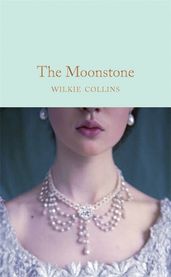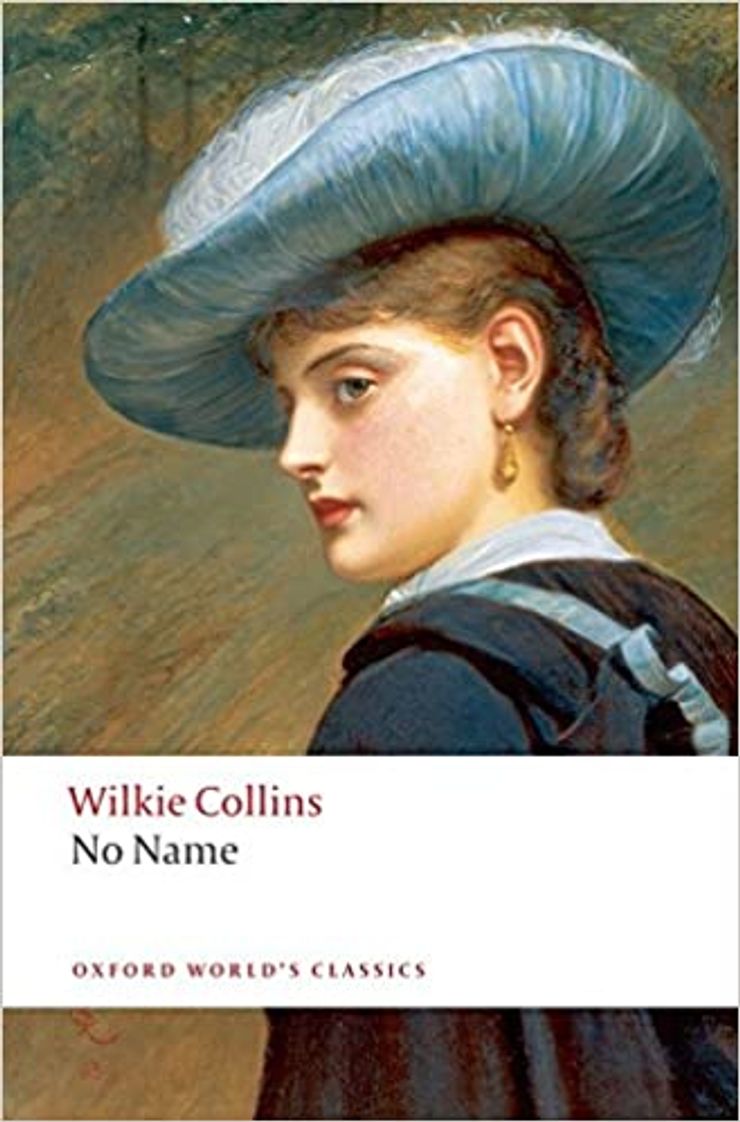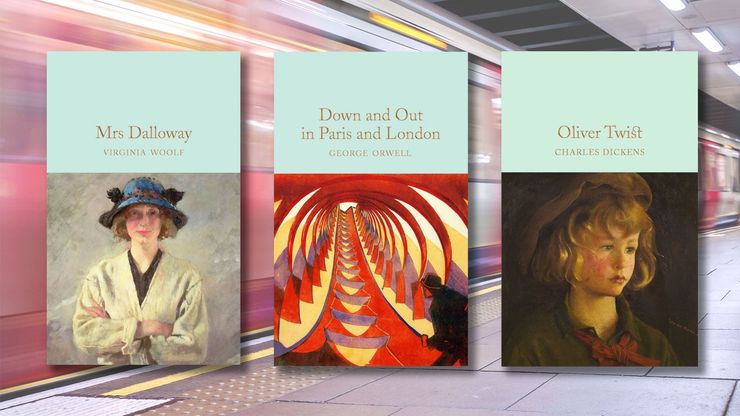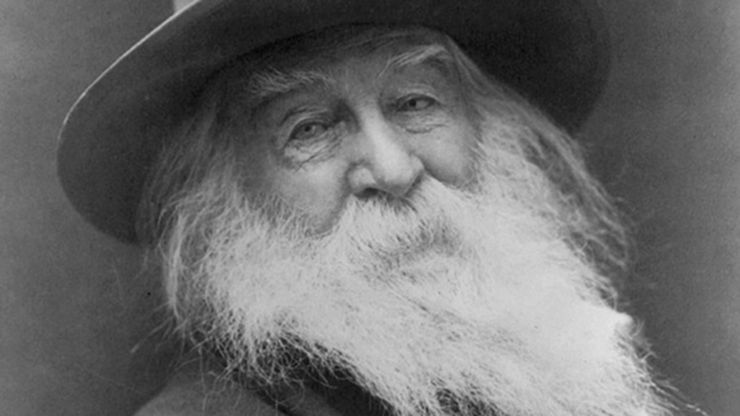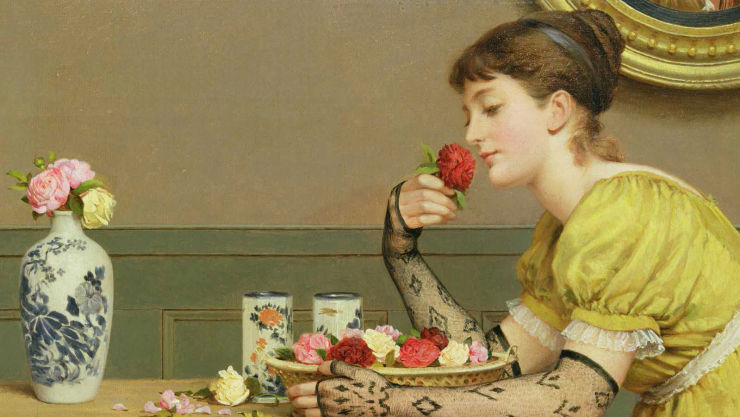An introduction to Wilkie Collins
Where to start with the pioneer of crime writing.

From fiction, to TV dramas, podcasts to the silver screen; our appetite for crime, detective and murder mystery storylines in all of their guises seems to be ever-increasing. It’s not just today’s popular culture, however, that is obsessed with criminality and suspense. Wilkie Collins started it all off back in 1859 with The Woman in White, which was recently adapted for television by the BBC.
According to T.S. Eliot, the detective genre was invented by Wilkie Collins, while Dorothy L. Sayers, queen of crime, believed that Collins was a huge influence on the evolution of crime fiction. If you’re wondering where to start with this pioneer of crime writing, check out our top picks below.
The Woman in White
by Wilkie Collins
Walter Hartright tries to unlock the past of a beautiful young woman, dressed entirely in white, who he meets one moonlit evening. Trapped in a web of secrets and murder, Walter must use his detective skills to uncover her true identity.
The Moonstone
by Wilkie Collins
The Moonstone - a magnificent diamond as large as an egg - has been stolen from India . . . and according to legend the diamond’s guardians will stop at nothing to get it back. Lady Verinder is thrown into danger as a dark and complex mystery unfolds. The Moonstone is considered the first modern English detective novel.
No Name
by Wilkie Collins
After a devastating turn of events, sisters Magdalen and Norah become orphaned and penniless. Magdalen, Wilkie’s most fiery and captivating heroine, is determined to fight for what’s hers and devises a plan of ultimate deceit.
Armadale
by Wilkie Collins
Allan Armadale confesses a terrible secret on his deathbed involving Lydia Gwilt, a murderous opium addict and one of Victorian literature’s most elusive female villains. What follows is an tempestuous plot of curses, rivalry and espionage.
In this episode of Book Break, Emma tours the English seaside, visiting Wilkie Collins's house in Ramsgate and finding out what inspired the name of his novel The Woman in White:

